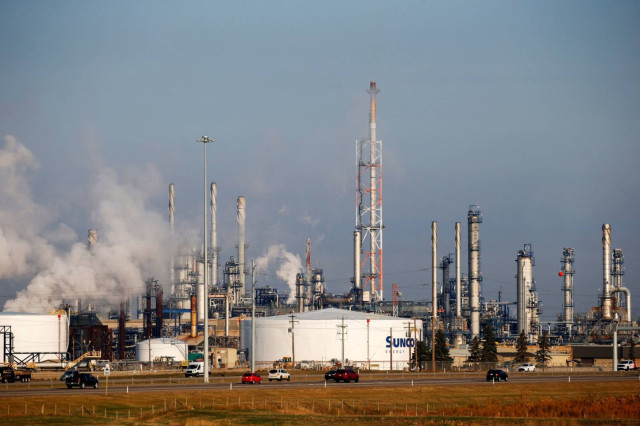Oil prices declined on Friday as the market assessed the impact of the US Federal Reserve's decision to keep interest rates higher for a longer period than expected.
However, crude benchmarks were on track for their strongest week in over two months following positive forecasts for crude and fuel demand.
Brent crude futures dropped by 0.4% to $82.41 a barrel, while West Texas Intermediate (WTI) US crude futures fell by 0.5% to $78.21 a barrel.
Despite this, both Brent and the US benchmark saw gains of over 3% for the week, marking their best performance since April 5.
The Organization of Petroleum Exporting Countries (OPEC) maintained its projection for robust global oil demand growth through 2024, and Goldman Sachs predicted strong US fuel demand for the summer. These factors helped to reverse the losses from the previous week, which were driven by OPEC+ announcing plans to begin rolling back output cuts after September.
According to Tim Waterer, chief market analyst at KCM Trade in Australia, this week can be seen as a recovery period for oil, with potential for further price increases as long as the demand outlook remains positive.
Russia also pledged to adhere to its output commitments under the OPEC+ agreement after exceeding its quota in May.
However, the price rally was tempered after the US Federal Reserve decided to maintain interest rates and postponed the start of rate cuts until as late as December.
In addition, the International Energy Agency projected that oil demand could peak by 2029, stabilizing at around 106 million barrels per day towards the end of the decade.
Despite concerns about the economic outlook following the Fed's stance on rate cuts, some analysts believe that a stronger US dollar could provide support to Brent prices.
Market attention is also focused on other factors influencing oil prices.




















